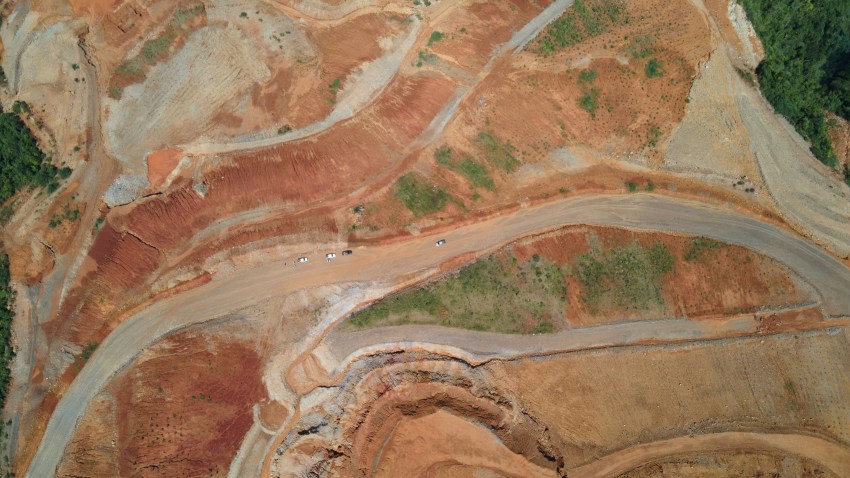A key component of the current energy transition taking place around the world involves a shift away from our dependence on fossil fuels toward different forms of renewable energy technologies. We’re seeing that trend develop with the uptake of solar and wind power as well as battery storage solutions in many different countries. This is a crucial shift: According to the International Renewable Energy Agency, meeting the Paris Agreement goal of keeping global temperatures below 2 degrees C of preindustrial levels—and limiting the worse effects of climate change—is going to require increasing the total primary energy supply of renewables from 15 percent in 2015 to 66 percent by 2050 on a global scale.
In this transition to renewables, two clear storylines have emerged. The first, and better known, is one of political urgency to make up for lost time. This is evident in downstream state policies and subsidies such as this year’s passage of the Inflation Reduction Act in the United States, which includes tax credits for the adoption of clean energy technologies, among other measures, or Australia’s Climate Change Act 2022, which codifies greenhouse gas emission targets and enshrines them into domestic law. Even in the absence of direct legislation, countries like Canada are creating roadmaps, like the 2030 Emissions Reduction Plan, which includes billions of dollars of proposed investments for electric vehicle adoption, clean technology development and net-zero electricity generation.
This is the story that often plays out in the triumphant narratives of consumer products like electric vehicles, whose sales are soaring in several countries. But there is another story. Urgently decarbonizing energy use by shifting to renewables relies on intensifying global supply chains, beginning with the extraction of minerals and metals that are primarily found in lower-income countries or fragile states. Renewable energy triumphalism relies on the supply of “critical minerals” that are essential for developing low-carbon energy options, such as solar panels, wind turbines and batteries. States are particularly concerned with dependable access to these minerals and avoiding potential disruptions to manufacturing supply chains.

